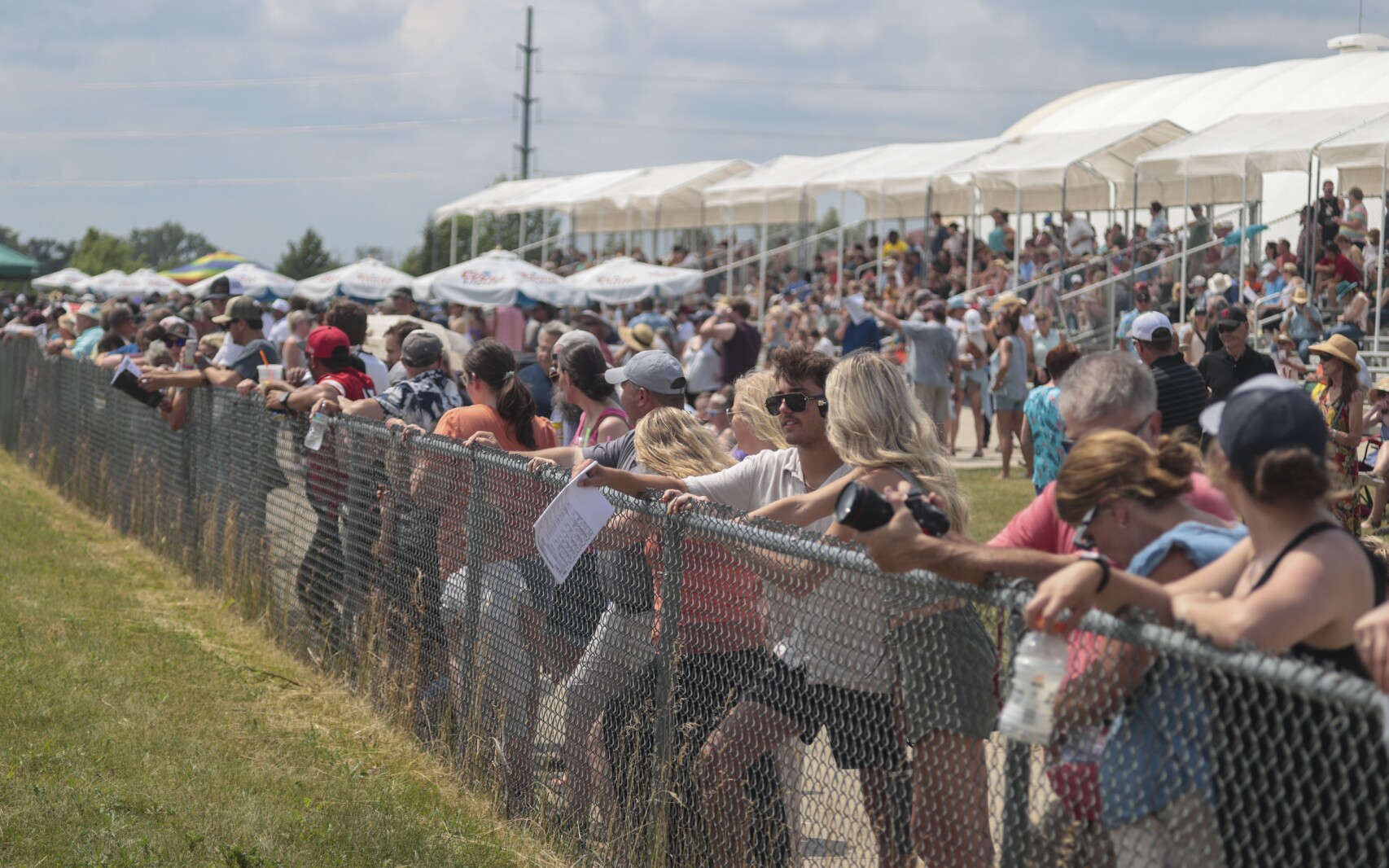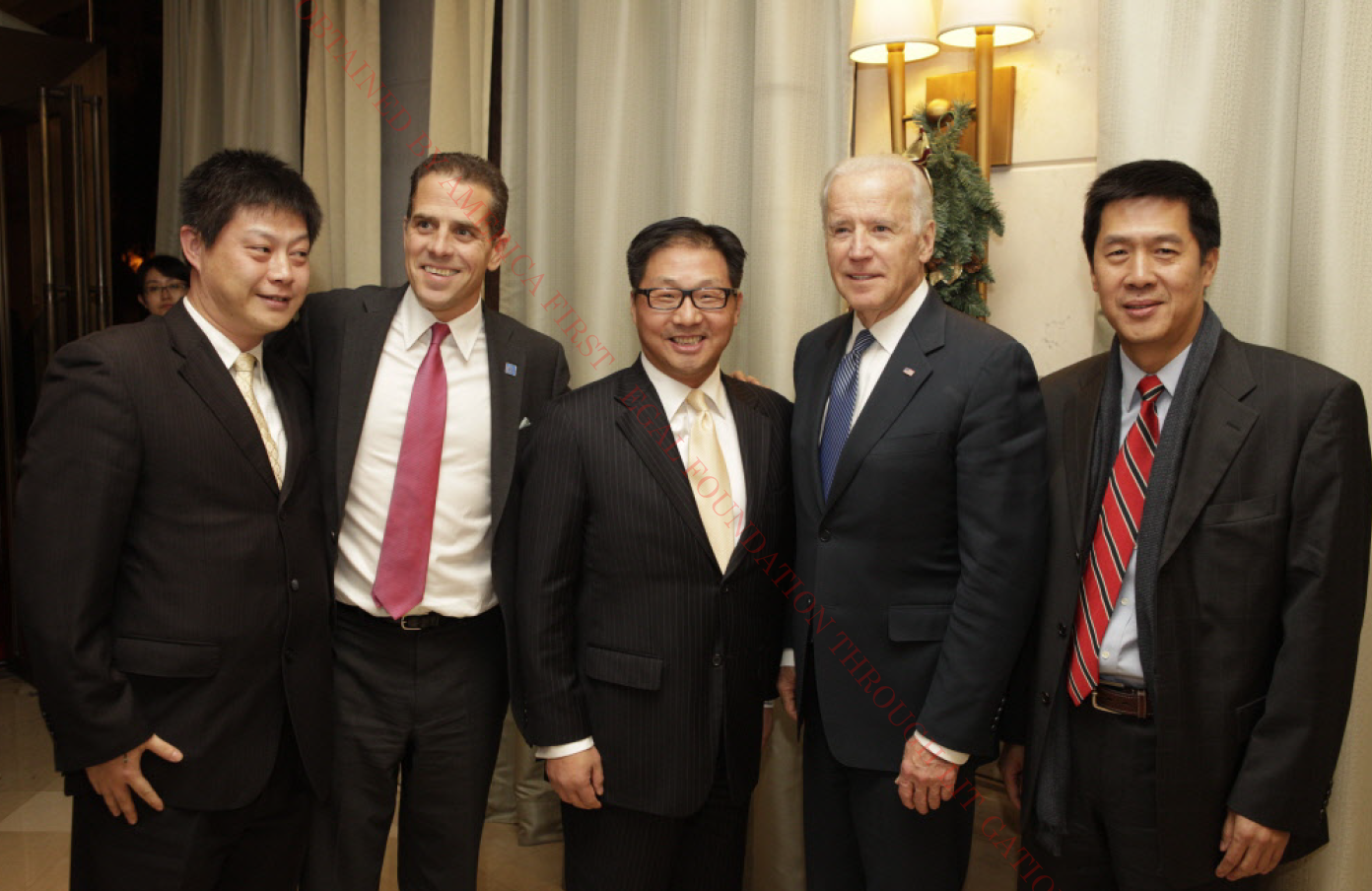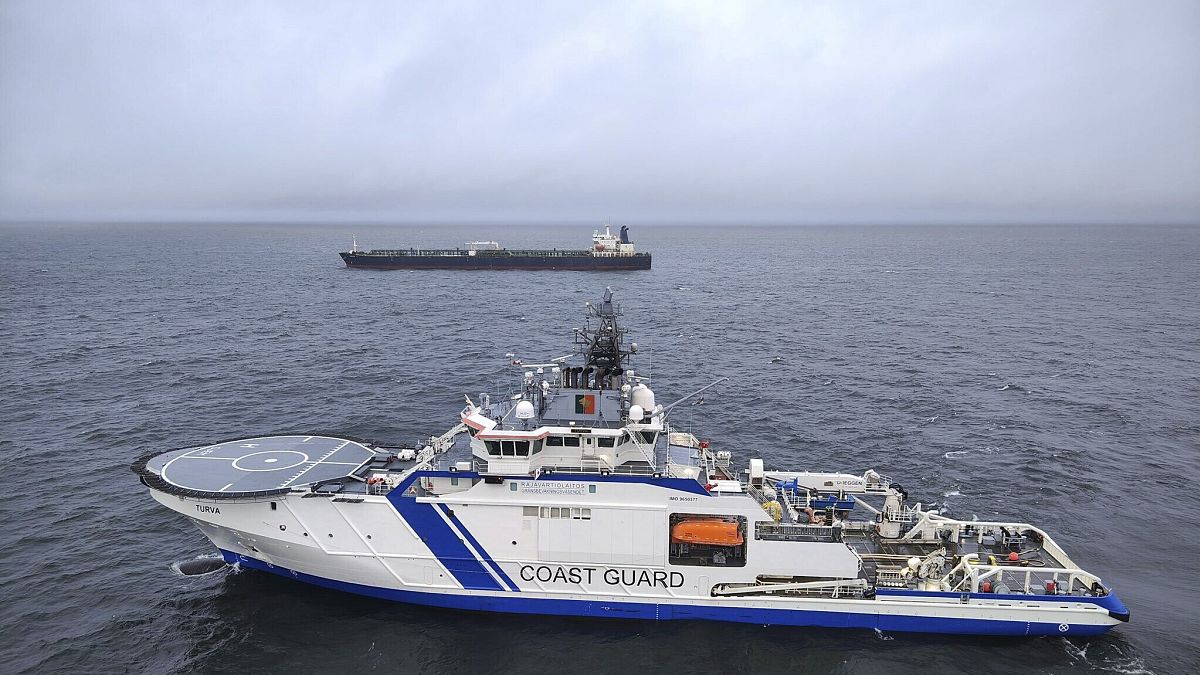North Dakota
Get out and discover the beauty of southwestern North Dakota

AMIDON, N.D. — Let’s face it, most of North Dakota’s historic sites aren’t on the way to anywhere special. They are their own destination. While that makes them less frequently visited, it means a journey to these sites is a monumental event. Since moving back to North Dakota 13 years ago, I have been on a mission to visit North Dakota’s historic sites.
After having thoroughly enjoyed experiences such as camping in Icelandic State Park, hiking the Pembina Gorge, biking the Mah Dah Hey trail, camping in the Turtle Mountains, hiking to North Dakota’s lone natural spring in the Sheyenne Grasslands, visiting the Reagan Minuteman Missile site, and many more, this summer I set my sights on southwest North Dakota.
Sorely neglected by tourists, the region west of Bismarck, and south of I-94, is a beautiful place of small towns, cattle ranches, expansive grasslands and rolling hills. It is also the ancestral home of North Dakota’s original inhabitants. On this trip my family and I were headed to two historic sites in that part of the state – Medicine Rock and White Butte.
Journeying west from Fargo, our journey broke south at Salem, site of “Salem Sue,” the largest Holstein cow in the world. Our first stop was Medicine Rock State Historical Site south of Elgin. Prior to visiting Medicine Rock, I consulted the state historical society in order to get guidance on how to respect this sacred site. Located along the north fork of the Cannonball River, Medicine Rock is one of six American Indian rock art sites in North Dakota. About 30 feet in diameter, the rock itself contains detailed pictures, called glyphs, of animals and sights seen in the region in the past. Among the images are a rider on horseback, turtles, bighorn sheep and a bear paw. These are fascinating clues to the region’s ecological past.
Contributed / Mark Strand
The Mandan and Hidatsa Indians consider the Medicine Rock to be an oracle. On a regular basis, elders would come to the rock to perform ceremonies, in anticipation of receiving revelation of things to come, such as expectations of a good hunt that season. For individuals wanting to ponder the history of our land, and acknowledge that people had lived here for many generations prior to the arrival of European immigrants, Medicine Rock is a good place to do it.
On day two we drove west, gradually transitioning from rolling grasslands to rocky buttes. Our destination was White Butte, the highest point in North Dakota at 3,506 feet. The trail was shorter and more gradual than anticipated, which allowed for more time to scout around. The weather was perfect and the breeze on top of the butte was restorative.
We took our lunch sitting on a rocky outcropping, feeling the summer breeze dry our sweat. Watching birds glide through the sky, buffeted up by warm summer updrafts was tranquil.

Contributed / Mark Strand
Why did I feel such pride sitting on North Dakota’s highest point? It might be my irritation at being treated as a flyover state, where our beauty and our people are easily ignored. It could also be the underdog effect where we in North Dakota often feel the need to defend or justify ourselves. But this pride actually comes from a deeper and truer source, the sense that this is home. This is where I live, it is part of who I am, and I am proud of it. I don’t need to justify living in North Dakota, and I don’t need to persuade others that they should too, I can just live my best life in this beautiful place I call home.
Some people erroneously think that North Dakota is all flat. But those people have probably not traveled west of Valley City. Many parts of North Dakota have beautiful terrain and breathtaking views, the southwest part of the state being among the best. I have visited many of North Dakota’s most historic and beautiful sites, and there are many more to see. Did you know that North Dakota is home to North America’s first Muslim Mosque? A trip to Ross, where it is located, is surely in my future.
To learn about North Dakota’s best outdoor sites, visit ndtourism.com or parkrec.nd/hiking.
Mark Strand, Fargo, is a professor in the Pharmacy Practice and Public Health Departments at North Dakota State University.

North Dakota
North Dakota Outdoors: Public lands success story in ND

Submitted Photo
The North Dakota Game and Fish Department manages more than 200 wildlife management areas consisting of more than 200,000 acres spread out across the state. NDGF photo.
“Government land” is a pretty standard designation for most public hunting property.
While 93% of land in North Dakota is held in private ownership, mixed in among the remaining 7% – from national grasslands, national wildlife refuges and waterfowl production areas – is an array of owners and managers.
Having lived and worked in North Dakota my entire life, just the mention of these public lands evokes memories of working, hunting and appreciating what is available. Those lands previously mentioned are all considered federal lands, each with a different role and purpose.
Depending on the location and state, those same-colored signs can be found across the country.
Within North Dakota, the state Game and Fish Department manages more than 200 wildlife management areas (WMA) consisting of more than 200,000 acres spread out across the state.
As you can imagine, there are different soil, habitat and wildlife usage between Magnolia WMA just off Interstate 94 in Cass County to the remote WMAs such as Killdeer Mountain WMA in Dunn County.
What makes the 200,000-plus WMA acres found across the state similar is a concentrated effort to improve wildlife habitat and provide opportunities for hunters and other outdoor enthusiasts.
Robert W. Henderson WMA, located just 6 miles east of Bismarck, is a good example.
Five years ago, 100 acres of the roughly 550-acre WMA was a mat of Kentucky bluegrass.
“The bluegrass got to be about 6- to 10-inches tall then it just matted itself out,” said Levi Jacobson, department wildlife resource management supervisor in Bismarck, of the land that was previously farmed. “We were grazing it aggressively to try and bust through some of that and bring some of the native plants back and we just weren’t gaining ground.
So, we had the neighboring landowner come in and farm it for three years with soybeans, corn and soybeans again.”
May 2022, the revival began by planting a diverse, native mix of 13 forbs and 10 grasses to mimic the native prairie that once dominated the landscape.
“The first year it was planted it was really dry and we didn’t know how successful the planting would be as it often takes a couple years to express vegetation above ground as most of the growth is put into establishing roots,” Jacobson said. “And then this year, with all the moisture it really blew up and looks really good.”
Earlier in summer, some of the native species were shoulder-high and taller, with an impressive undergrowth. The wildlife in the area, from deer to pheasants, to many other bird species, should benefit.
“We try to go heavy on the forbs and the wildflowers because those are going to produce food and the grass is going to provide a lot of cover,” Jacobson said.
The truth of it is once native prairie sod is broken, it’s impossible to completely restore it to a truly native, untouched state.
While more than 75% of the state’s native grasslands have been lost over time, the department continues its effort to enhance wildlife habitat on WMAs around the state.
North Dakota
Biden approves major disaster declaration for North Dakota

FARGO — Less than a month before leaving office, President Joe Biden signed off on FEMA’s declaration of the October wildfires in western North Dakota as a major disaster, allowing federal assistance to flow into the state to supplement recovery efforts.
About 40 wildfires coupled with straight-line winds Oct. 5-6 claimed two lives and destroyed nearly 120,000 acres of land, several homes and multiple outbuildings, causing damage of more than $8 million, officials said. About $3.7 million in damage was caused to rural electrical cooperatives in McKenzie and Williams counties.
The FEMA funding is available to state, tribal and eligible local governments and certain private nonprofit organizations on a cost-sharing basis for emergency work and the repair or replacement of facilities damaged by the wildfires and high winds in McKenzie and Williams counties.
Federal funding is also available on a cost-sharing basis for hazard mitigation measures statewide.
Robert Little III has been named as the federal coordinating officer for federal recovery operations in the affected area. Additional designations may be made at a later date if requested by the state and warranted by the results of further assessments, according to a statement by FEMA.
For more information, visit
ndresponse.gov/wildfire-recovery
.
Our newsroom occasionally reports stories under a byline of “staff.” Often, the “staff” byline is used when rewriting basic news briefs that originate from official sources, such as a city press release about a road closure, and which require little or no reporting. At times, this byline is used when a news story includes numerous authors or when the story is formed by aggregating previously reported news from various sources. If outside sources are used, it is noted within the story.
North Dakota
North Dakota Horse Park gets finances on track as 2025 season takes shape

FARGO — Slowly, the North Dakota Horse Park in Fargo is growing its live horse racing meet and for the first time in nearly a decade, the organization that runs the track is not scrambling to make the tax payment that once loomed over it.
The Fargo track is operated by Horse Race North Dakota, a nonprofit organization that contributed when the track was built in 2003.
At a meeting of Horse Race North Dakota on Friday, Dec. 20. Cindy Slaughter, accountant and co-owner of TaxLady, which contracts with Horse Race North Dakota, said the track’s overall income is up about $93,000 from this time last year.
A fourth weekend of racing cost the track about $148,000 this year. However, that cost can be offset in the future by factors such as attendance and the amount bet on the races.
“There’s a couple of things we could do differently this year to reduce that amount,” North Dakota Horse Park General Manager Hugh Alan Drexler said.
Alyssa Goelzer/The Forum
While Drexler and HRND will look to decrease costs, they will not try to do that at the expense of the horsemen, as they hope to keep purses for each race flat or increase them in 2025.
“I don’t want to cut the purses at all, that would be the last thing we would cut,” HRND President Jay Aslop said.
“That is what our goal is, to promote racing and to increase race dates,” Drexler said. “The day the finances don’t look the same, that is when we need to make a change.”
Live racing receives additional funds from the North Dakota Racing Commission. The commission will meet in February to determine the amount of funds that will be granted to the Fargo track as well as Chippewa Downs, the second horse racing track in North Dakota near Belcourt.
Overcoming financial struggles
Heavy special assessments loomed over the North Dakota Horse Park for several years after it opened.
In 2003, the city of Fargo spent $1.5 million to extend sewer, water and other infrastructure to the track. The city planned to recoup the costs with special assessments, a kind of property tax assessed to benefiting properties, but the city agreed to suspend the assessments for five years in hopes that the race track would stimulate the development of commercial and residential properties. This would spread the assessments over more property owners and create a smaller bill for the track, which in 2015 was about $1.9 million.
The track is now in repayment of its taxes, making annual payments to the city of Fargo, and accountants are confident a fourth weekend of racing in 2025 will not adversely affect the track.
“I don’t have any concerns about running a fourth weekend this year,” Slaughter said.
Horse racing will be held at the Fargo track in 2025 over four weekends, likely July 12 through Aug. 3, track officials said.
“(It will be) some combination of either Friday, Saturday or Saturday, Sunday depending on what other events are going on in the area,” said Drexler.
In 2024, attendance at the Fargo track was up overall with about 8,358 in attendance over the eight race days, up from about 8,127, in 2023.
The Fargo track held horse races on Saturday and Sunday afternoons for four consecutive weekends, starting Saturday, July 13. The weekend of July 27-28, races were held in the evening so as to not compete with the Fargo AirSho. The horse park competed for attendance each weekend as the Fargo Street Fair, Red River Valley Fair and the Renaissance Fair overlapped the schedule. The horse park’s closing weekend coincided with WeFest.
The track hosted only three weekends of racing in 2022 and 2023, as it was constricted to operating expenses and the amount of money granted for a live season by the North Dakota Racing Commission. The Fargo track hosted a four-week meet in 2021 but held only two weekends in 2020.
-
/cdn.vox-cdn.com/uploads/chorus_asset/file/24924653/236780_Google_AntiTrust_Trial_Custom_Art_CVirginia__0003_1.png)
/cdn.vox-cdn.com/uploads/chorus_asset/file/24924653/236780_Google_AntiTrust_Trial_Custom_Art_CVirginia__0003_1.png) Technology6 days ago
Technology6 days agoGoogle’s counteroffer to the government trying to break it up is unbundling Android apps
-

 News1 week ago
News1 week agoNovo Nordisk shares tumble as weight-loss drug trial data disappoints
-

 Politics1 week ago
Politics1 week agoIllegal immigrant sexually abused child in the U.S. after being removed from the country five times
-

 Entertainment1 week ago
Entertainment1 week ago'It's a little holiday gift': Inside the Weeknd's free Santa Monica show for his biggest fans
-

 Lifestyle1 week ago
Lifestyle1 week agoThink you can't dance? Get up and try these tips in our comic. We dare you!
-
/cdn.vox-cdn.com/uploads/chorus_asset/file/25672934/Metaphor_Key_Art_Horizontal.png)
/cdn.vox-cdn.com/uploads/chorus_asset/file/25672934/Metaphor_Key_Art_Horizontal.png) Technology3 days ago
Technology3 days agoThere’s a reason Metaphor: ReFantanzio’s battle music sounds as cool as it does
-

 Technology1 week ago
Technology1 week agoFox News AI Newsletter: OpenAI responds to Elon Musk's lawsuit
-

 News4 days ago
News4 days agoFrance’s new premier selects Eric Lombard as finance minister






/cdn.vox-cdn.com/uploads/chorus_asset/file/25794436/247333_EOY_Package_Check_In_CVirginia_THROWBACKS.jpg)









